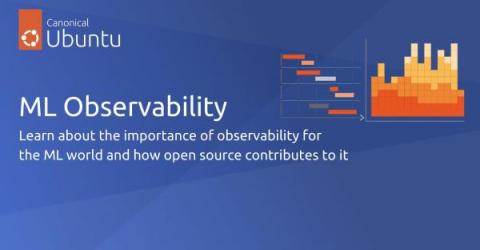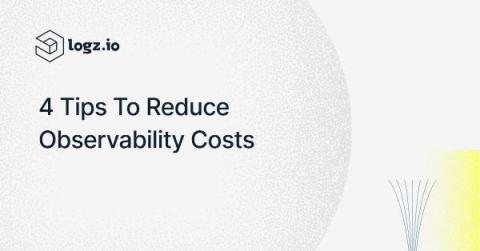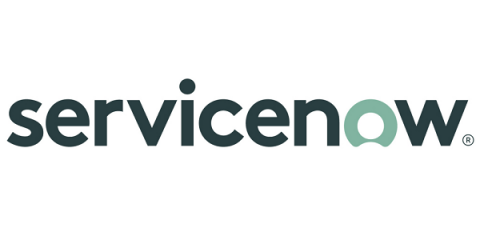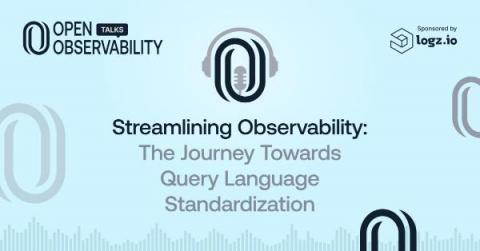Integrating Cisco AppDynamics and Cloud Native Application Observability for unified hybrid cloud monitoring
Cisco AppDynamics has reached a significant milestone in supporting traditional and modern application monitoring use cases with AppDynamics and Cloud Native Application Observability (formerly AppDynamics Cloud). Many enterprises have yet to complete their journey to modern cloud native architectures, but most have started embracing such a move.











